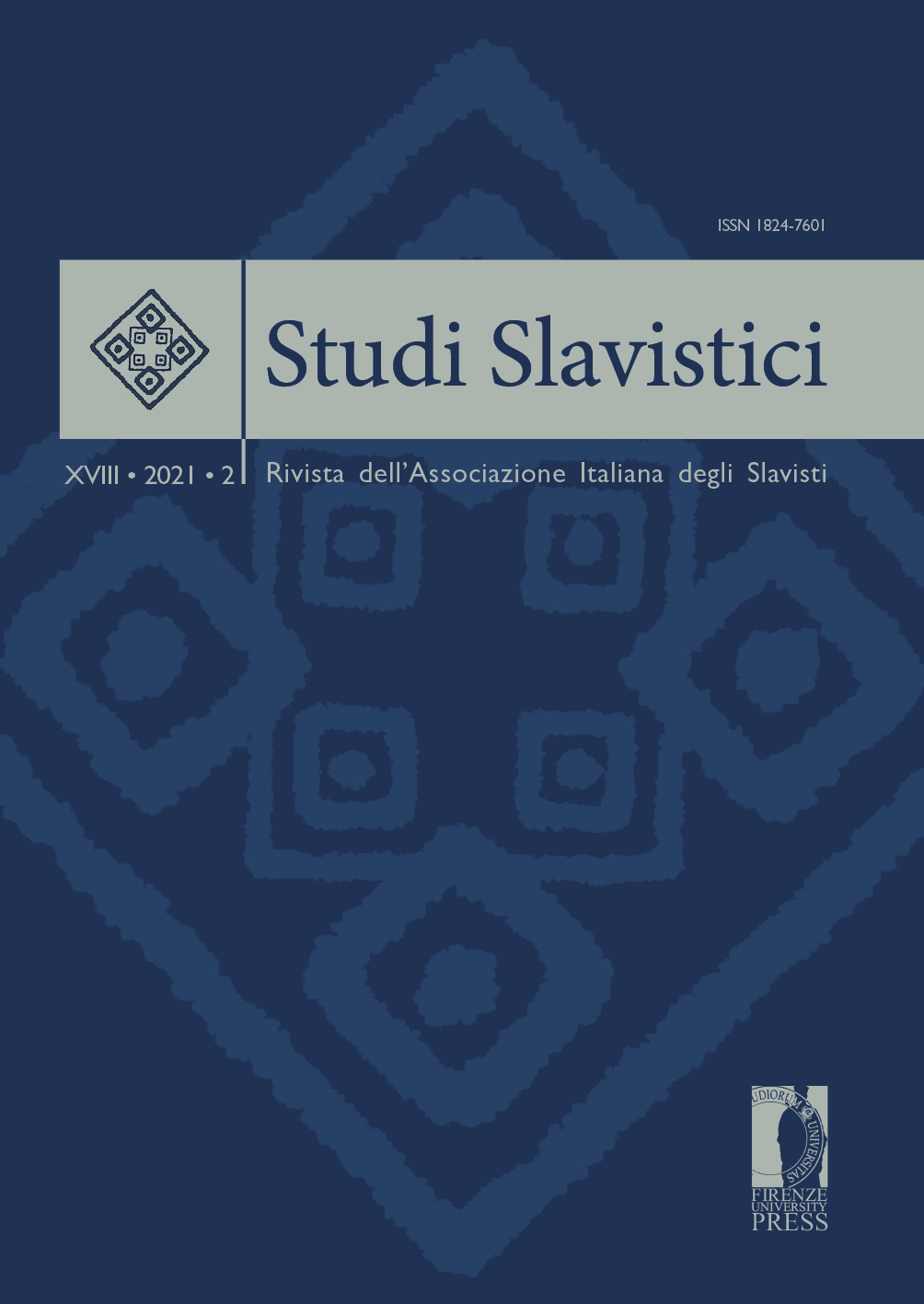Vyačeslav Ivanov Between Dante and Dionysus. The Poet’s Visionary Experience of 1908 and the Problem of Triple Unions
Published 2022-02-02
Keywords
- Vyačeslav Ivanov,
- Lydia Zinovieva-Annibal,
- Vera Schwarzalon,
- Sergej Gorodeckij,
- Margarita Sabašnikova
- Dante,
- Dionysus,
- Vision,
- Triple Unions,
- The Dream of Melampus,
- The Dream of the Desert Mother ...More
Abstract
The article examines the symbolist poet Vyačeslav Ivanov’s visionary experience in the context of his poetic creativity and life-creating practices. Ivanov's visionary experience, inspired by the death of his wife Lidija Zinov’eva-Annibal, was not only reflected in his artistic work, but also influenced by his poetic imagery. In the vision, Ivanov, together with his winged deceased wife Lidija, communicates with a fiery heart, and then communicates with Lidija's daughter Vera, who is then placed in the heart of her mother. We assert that the vision of Ivanov makes use of not only Dante's symbolics (represented in his “New Life”), but also mystical-Dionysian symbolics, connected to a mythological story about the tearing of Dionysus-Zagreus by the Titans. This becomes obvious when comparing the poet's visionary experience with the poem “The Dream of Melampus”, in which for the first time the mystery-Dionysian plot is most fully expressed. Some of the motifs of Ivanov’s vision are associated with the symbolism of the macrocosm and microcosm, expressed in the spiritual verse “The Dream of the Desert Mother”. The visionary experience of Ivanov is included in the context of the so-called triple unions – Ivanov's mystical-utopian project aimed at forming a new spiritual and social order based on the mystical unity of human souls. The marriage with Vera Schwarzalon, the desirability of which is expressed in a visionary form, is perceived as a union of not two, but three. At the same time, Vera acts as the earthly embodiment of Lidija, who had gone into the transcendent spheres. Marriage with Vera becomes a way of establishing a death-conquering love affair with Lidija and performs a theurgic function: the reunion of the transcendent-spiritual with the empirically real. The difference from the triple unions with Sergej Gorodeckij and Margarita Sabašnikova is only that the union with Vera becomes a means of overcoming not mystical disunity, but death.


